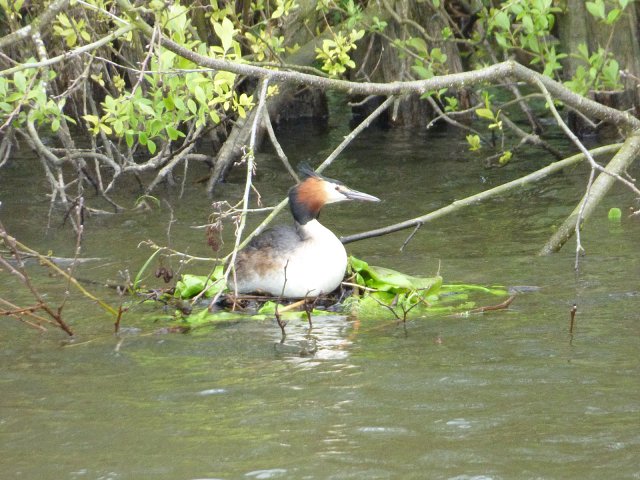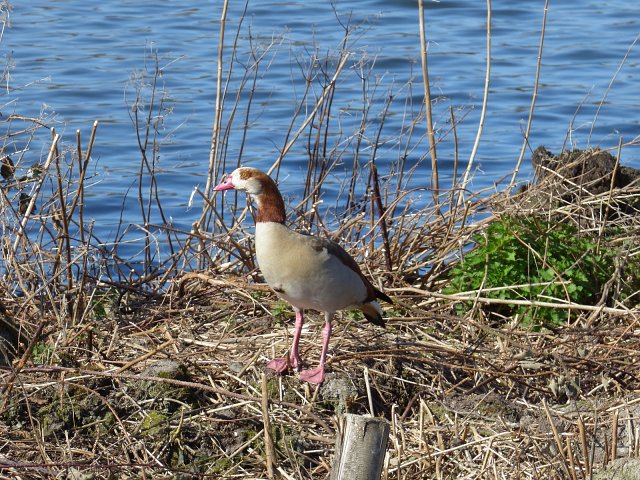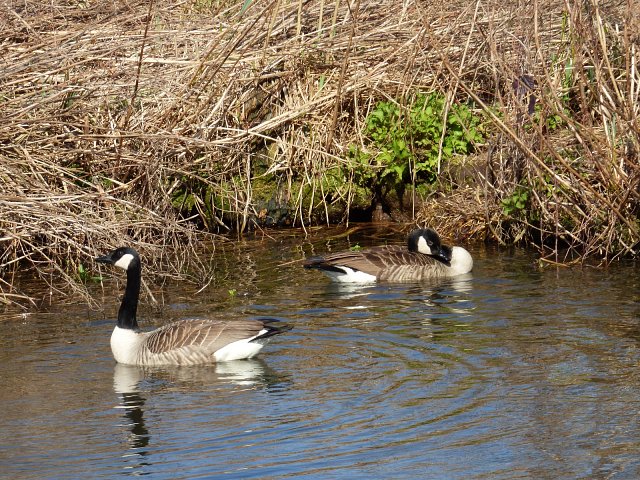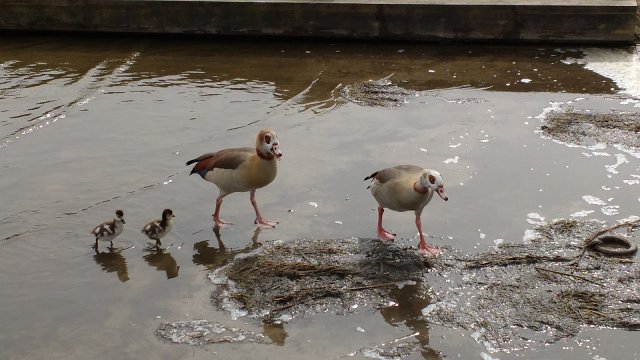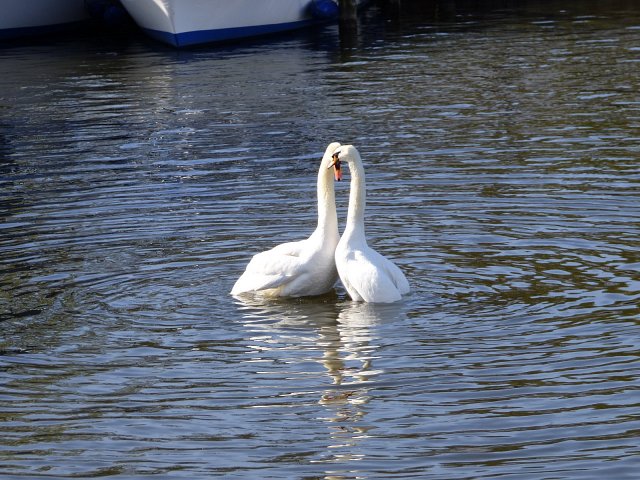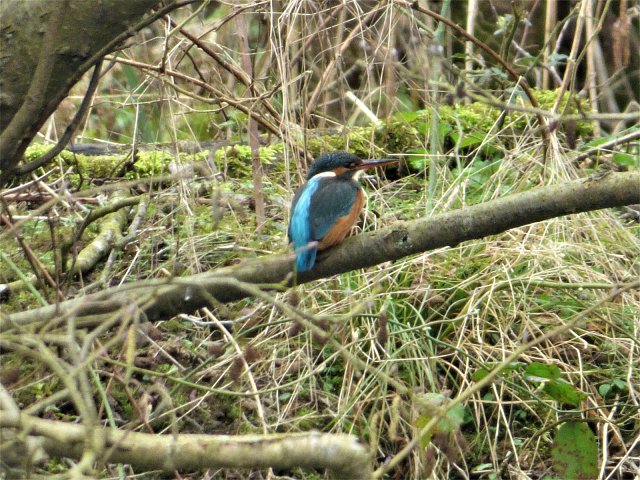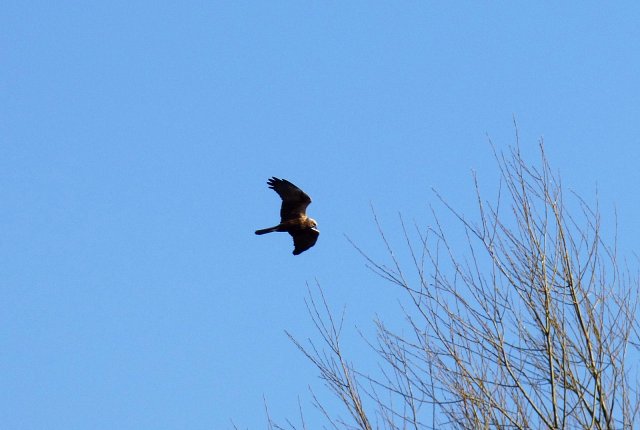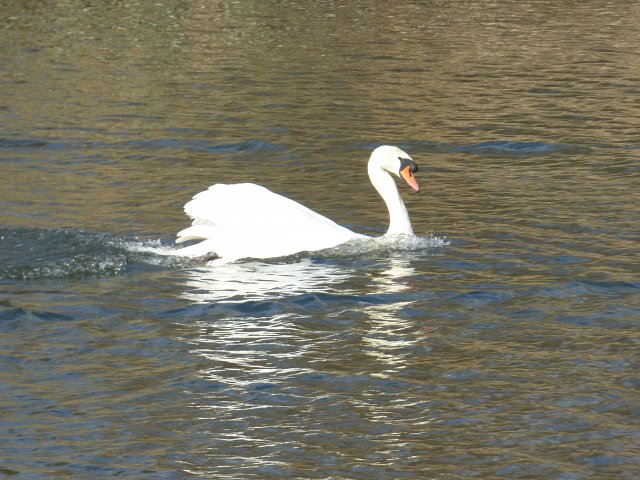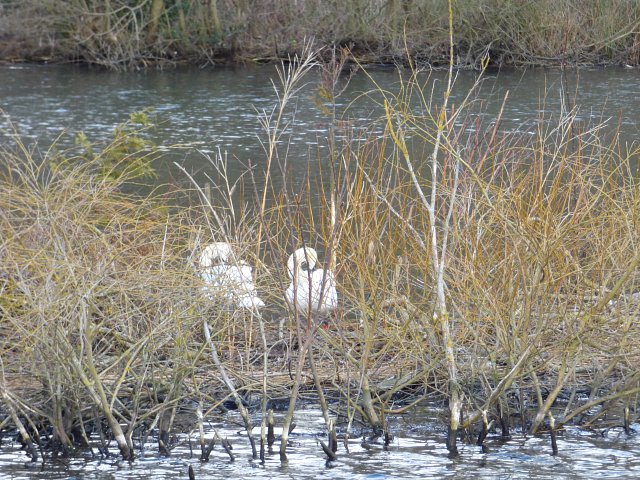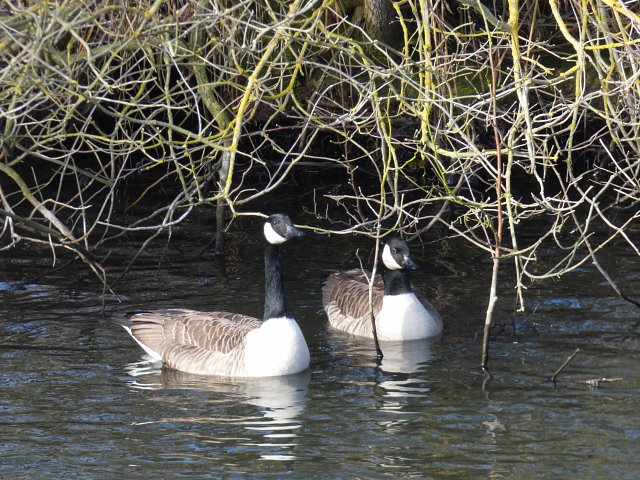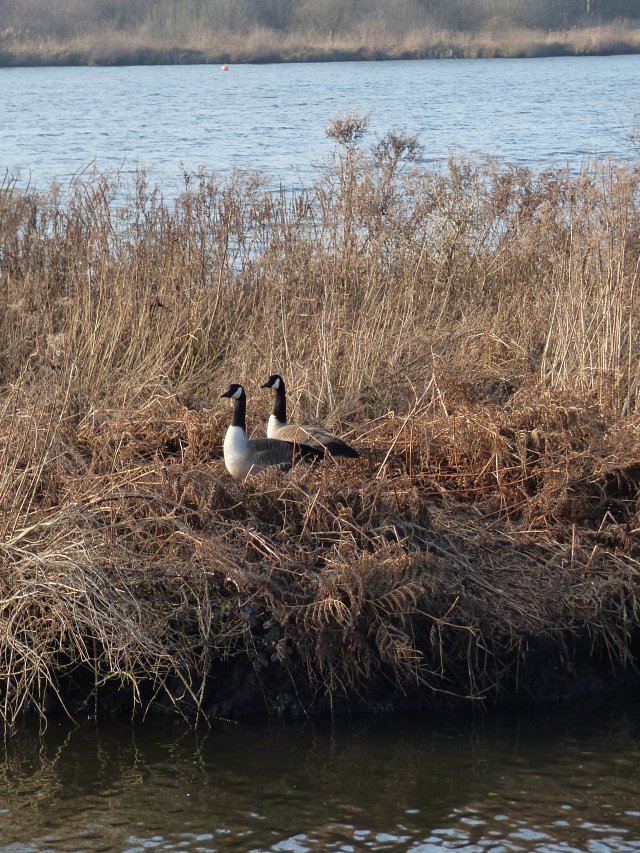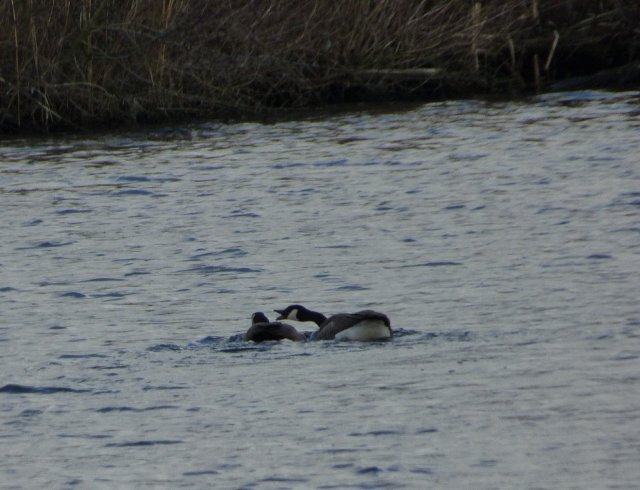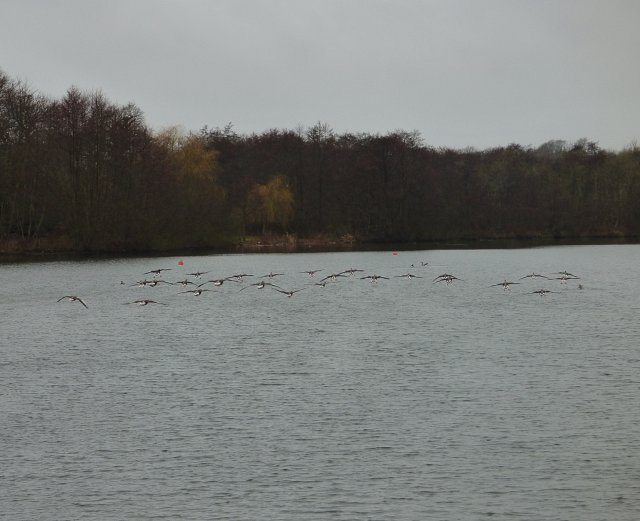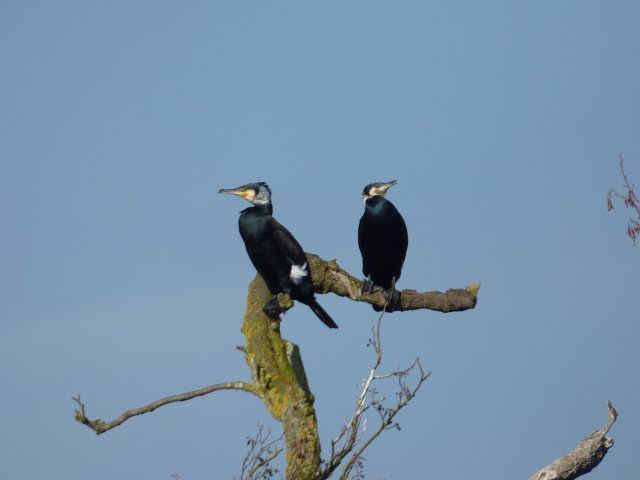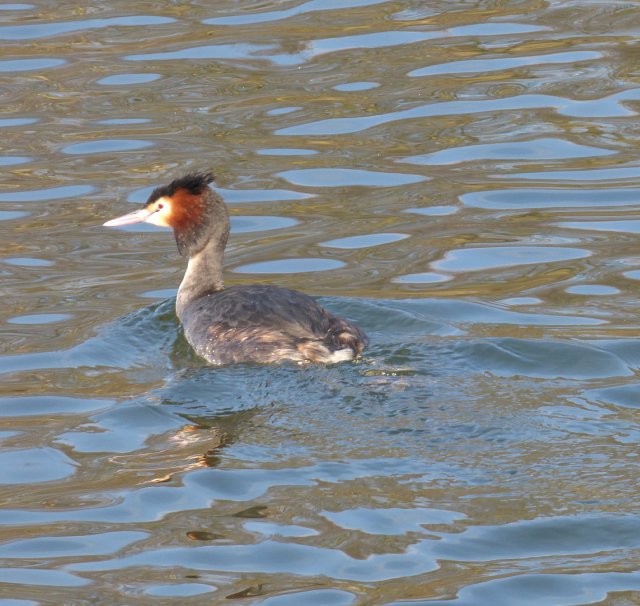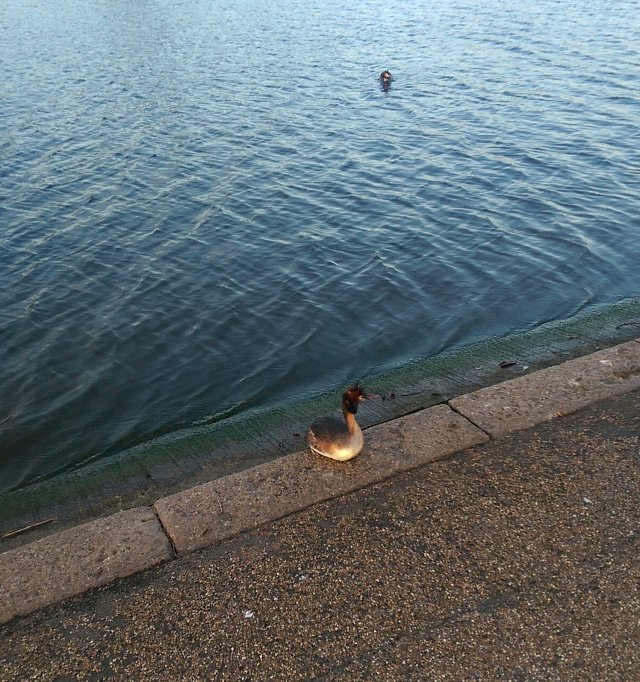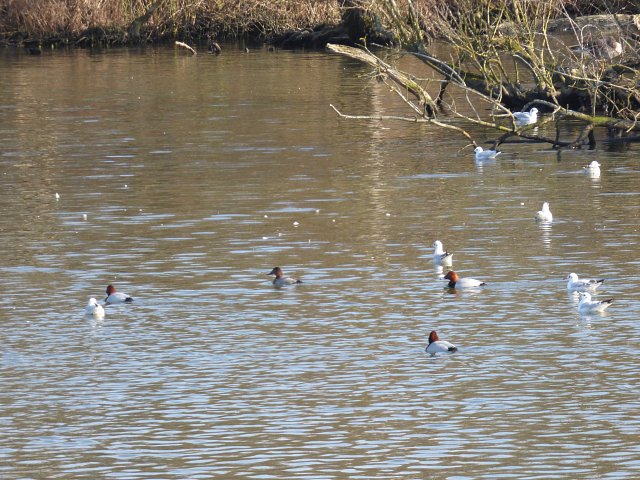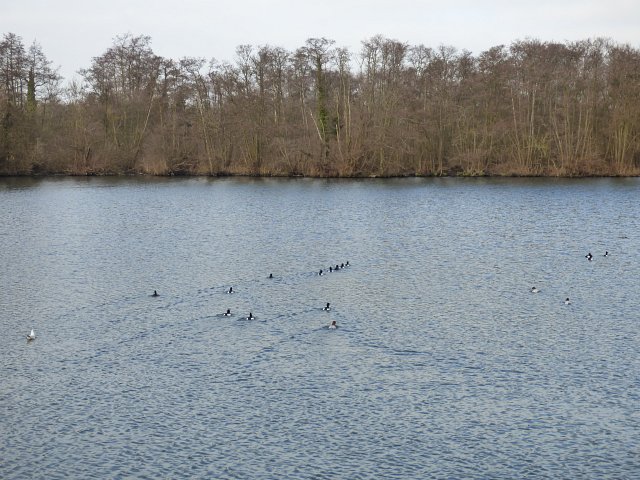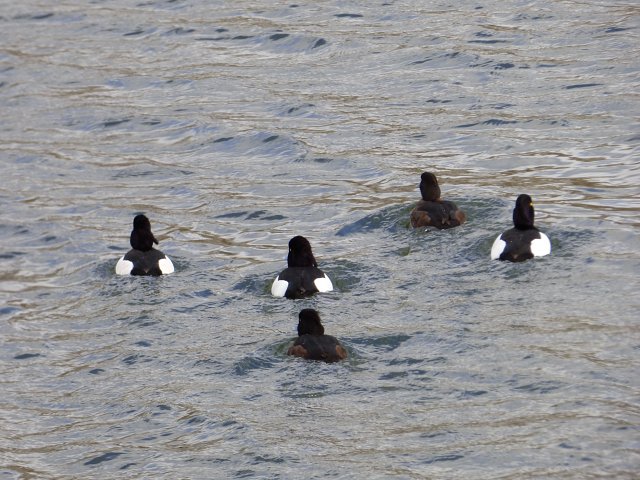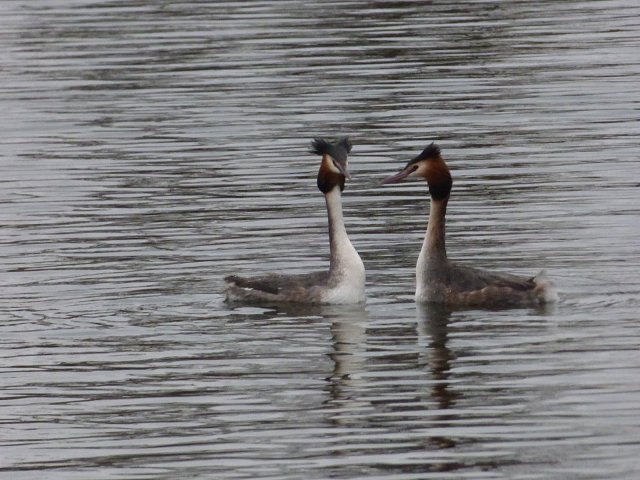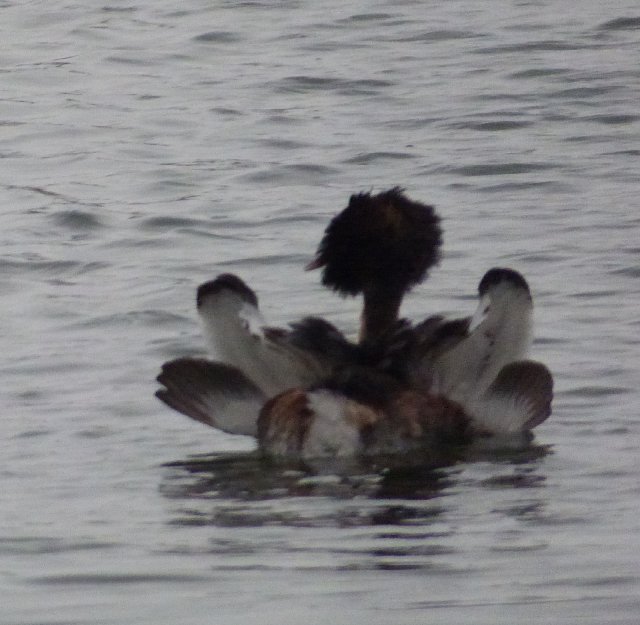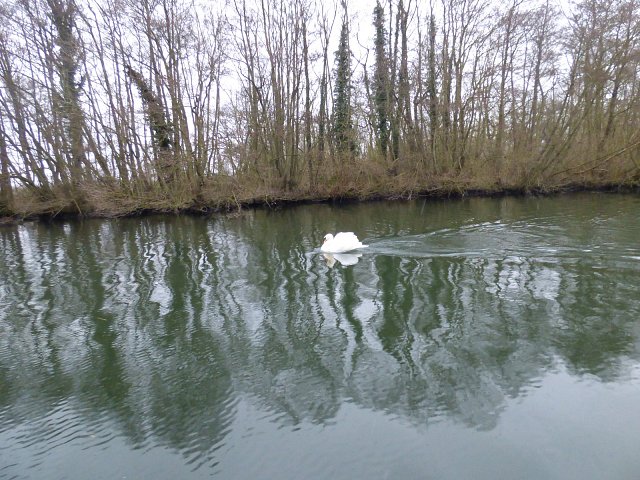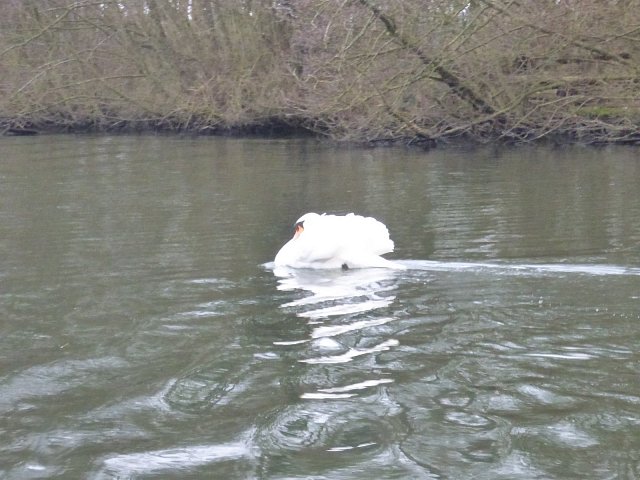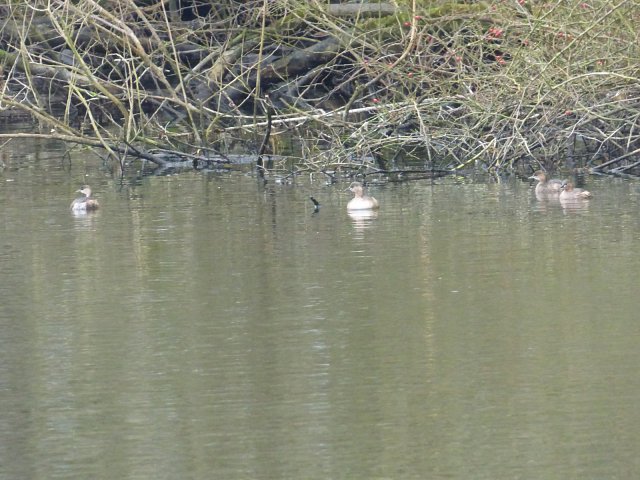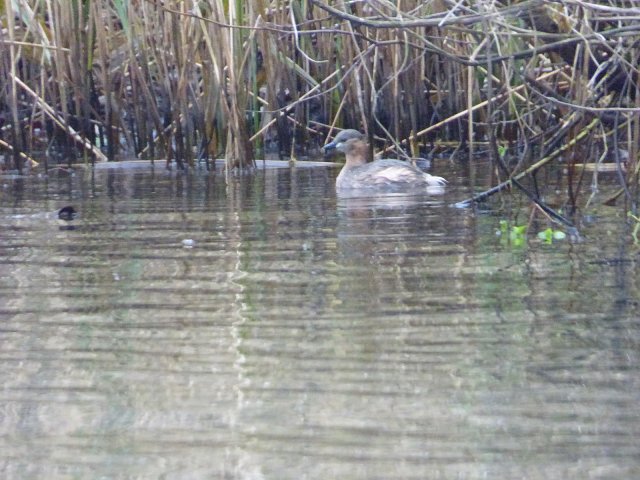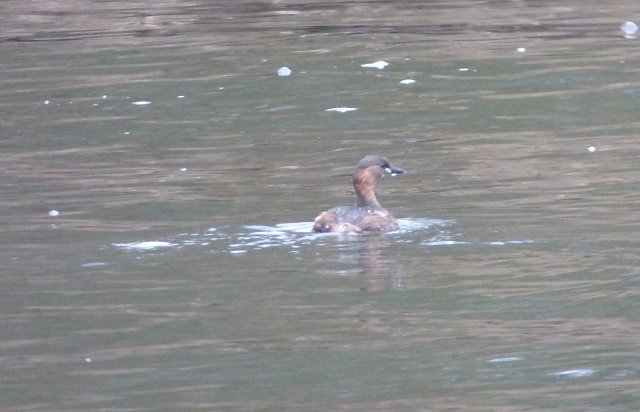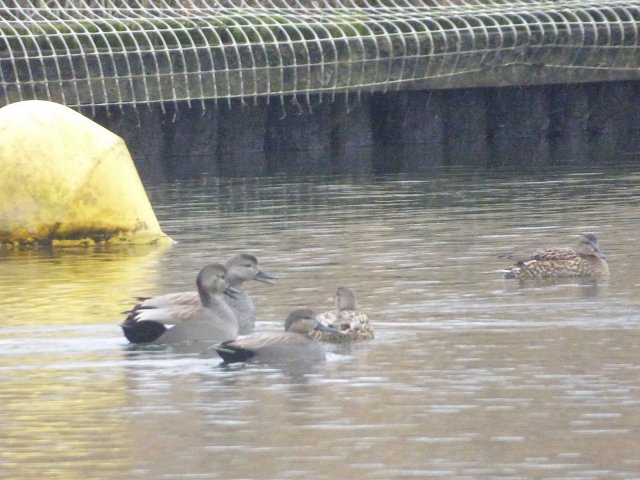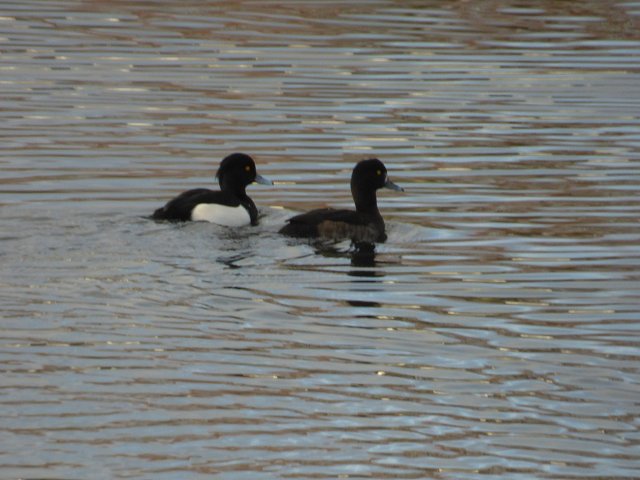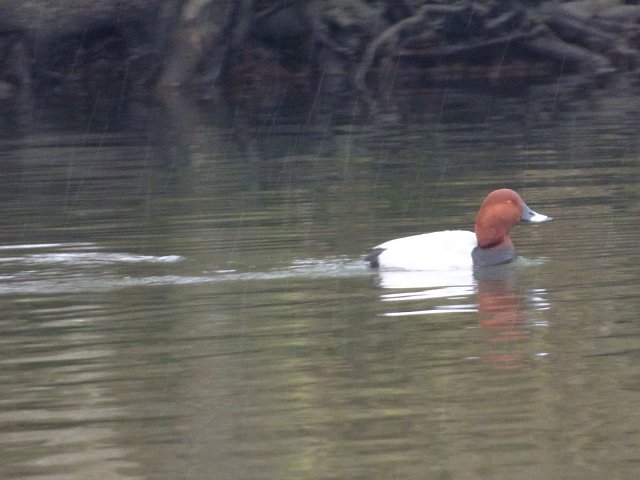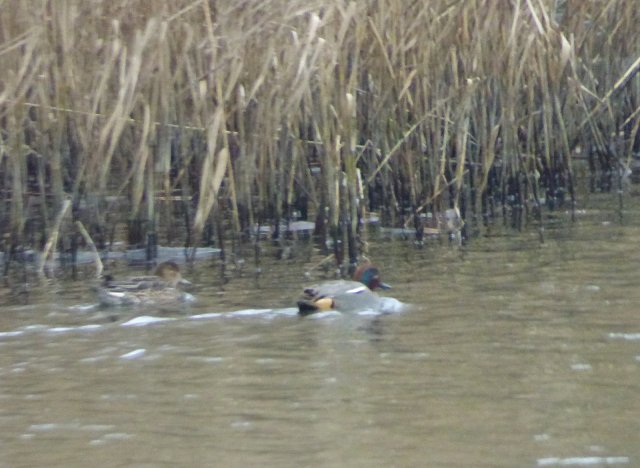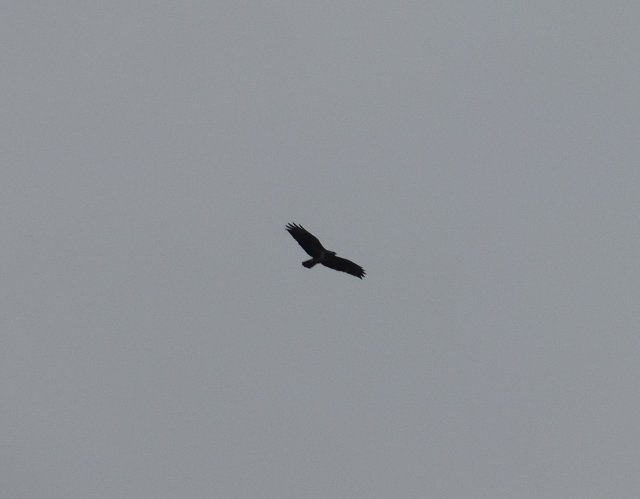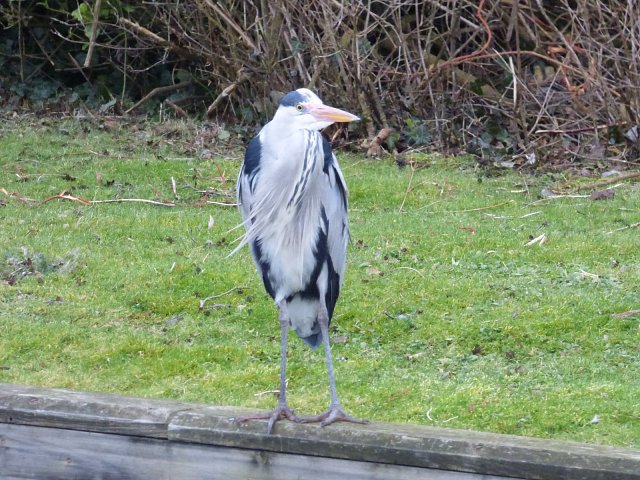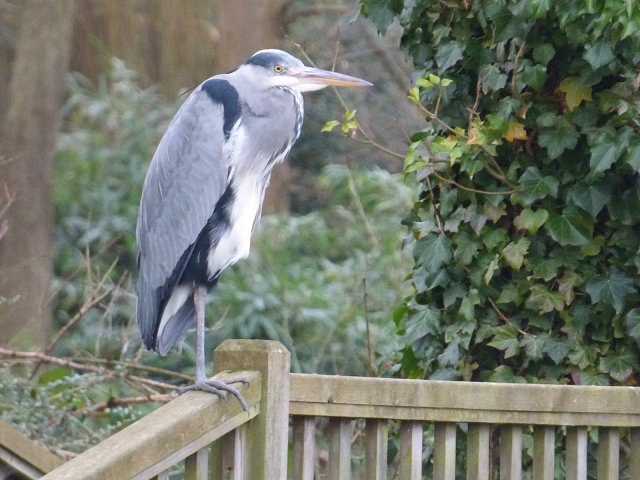With arctic conditions upon us causing many Broads to freeze over now isn’t the most obvious time for a boat trip. But, in the interest of investigation one of our skippers, Oli Franzen, wrapped up warm and headed out in a small day boat to discover what the Broads had to offer at this unlikely time of year. He found that fortune favours the brave and was rewarded with the waterways teaming with wildlife.
As I donned an extra jumper and thick coat ready to climb aboard my day boat – the weather forecast was broadcast on the radio. “A high temperature of zero today…but it will feel like minus 5”, they said. Oh great, perfect for a boat trip I thought!
Fortunately I didn’t abandon my plans because it turned into one of the best boat trips of the year. My route was simple, heading downstream to Salhouse Broad via Wroxham Broad and back again. It’s a route that I do every day in my double decker trip boat during the summer season but one which took on a completely different persona in the winter – not just due to the blocks of ice floating downstream set against the stark winter scenery – but because it was alive with wildlife.
What was immediately obvious is how much more wildlife has moved into Wroxham village than you would see in the summer, perhaps because there’s much less boat traffic to disturb shy species but also because fish tend to shoal up in boatyards at this time of year and the water birds that feed on them follow their prey.
In addition to an extremely cold and grumpy looking Heron (any suggestions for an amusing picture caption of what this heron is thinking would be gratefully received!) there was a surprising number of Great Crested Grebes and Cormorants fishing.
On Wroxham Broad things got more exciting. Water birds have flocked together in huge numbers and I had a magical moment, when my boat was completely surrounded by hundreds of Greylag geese, as shown in this panorama picture.
There were also huge flocks of Tufted Ducks, which are shy and rarely seen in the summer:
The Coots had come together in large numbers too, with some diving into the cold water to catch and eat zebra mussels, as you can see in the picture below.
Next I headed back out on to the river towards Salhouse Broad, revealing perhaps the most special moment of the whole trip – lots of Little Grebes which I encountered in pairs every few hundred yards downstream. Little Grebes are notoriously shy and we hardly ever see them during the summer months, so to see so many pairs feeling confident enough to come out in the open due to the lack of boat traffic was wonderful. I stopped on each occasion to take some pictures of these beautiful, but notoriously difficult to photograph birds.
On reaching Salhouse Broad – one thing was immediately obvious. Half the broad was frozen solid! These pictures show somewhat confused Black headed gulls standing on the ice.
In fact, I was reminded later that Salhouse Broad was frozen even more thickly than this in 2010, as shown by this lovely picture featuring a puzzled swan taken by James Greasley.
Elsewhere on the bank rather more sensible Black Headed gulls than the ones on the ice huddled together on a fence for warmth.
By the end of my two hour trip I felt about as warm as those gulls but delighted I had made the effort to head out on the water and can thoroughly recommend it. Even if you have been out on a boat with us in the summer, you will see a completely different World at this time of year. So wrap up warm, bring a hot drink and hire a day boat for a couple of hours!
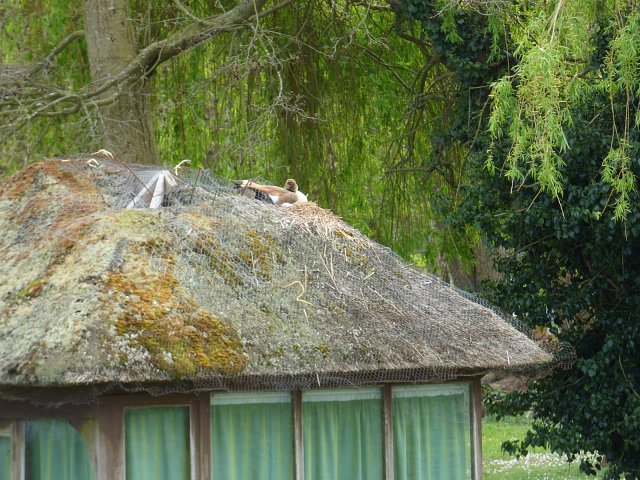
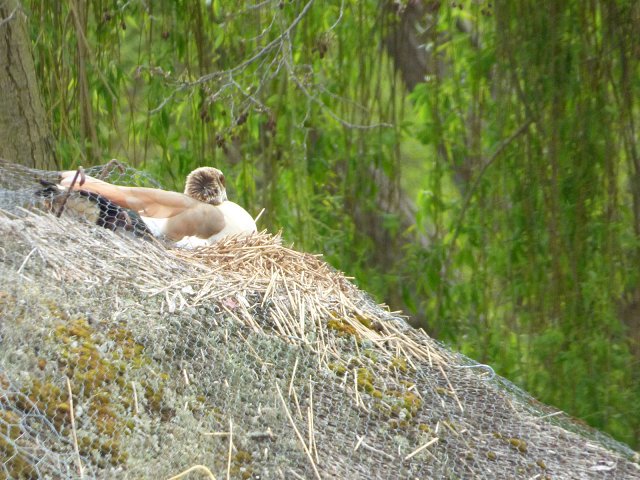
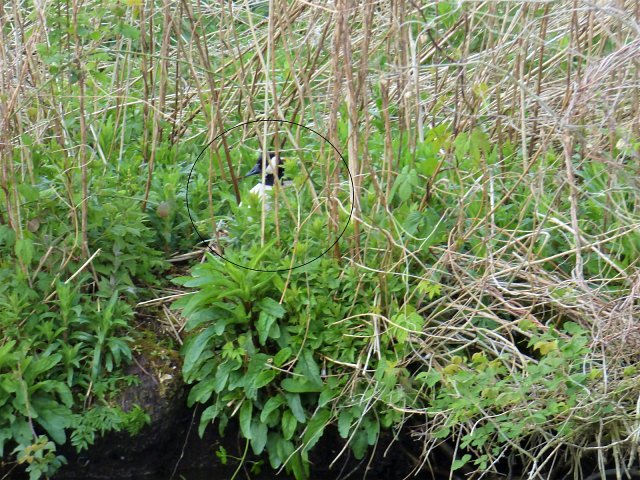
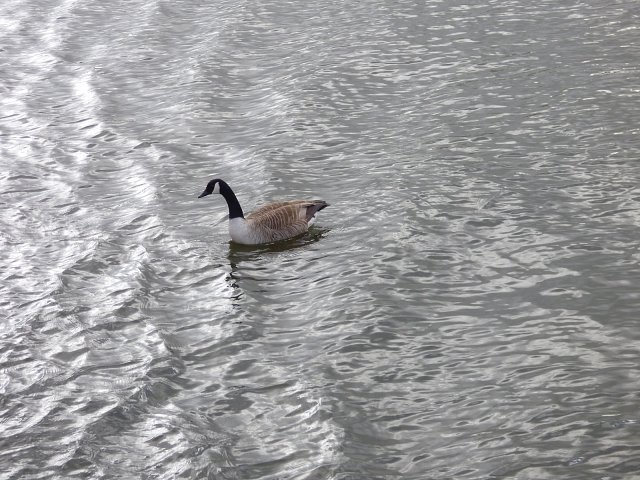
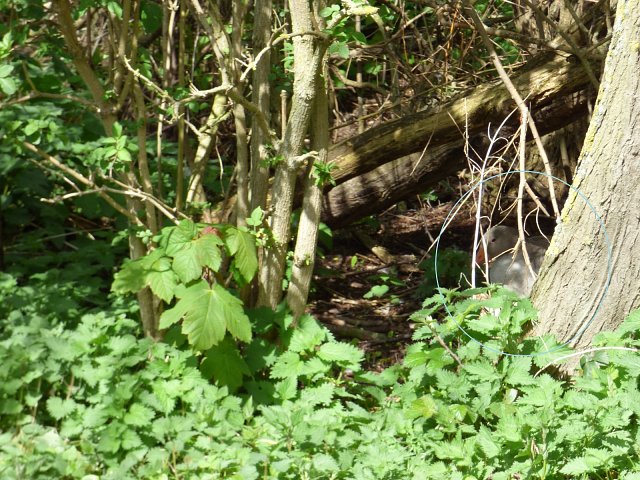
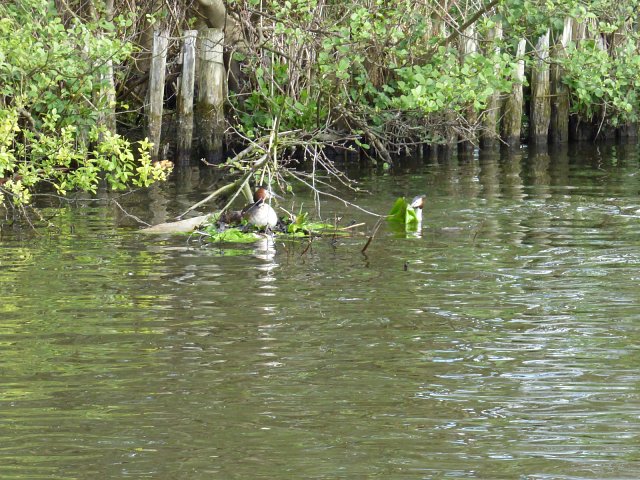
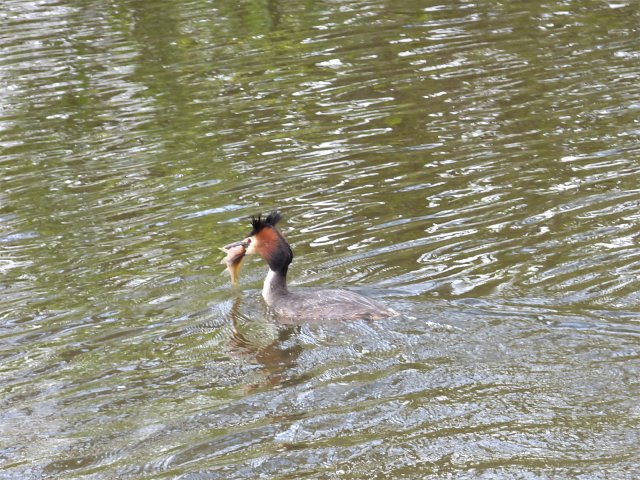
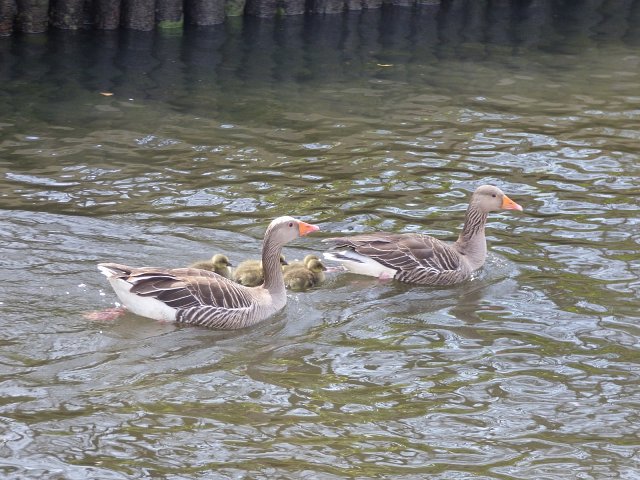
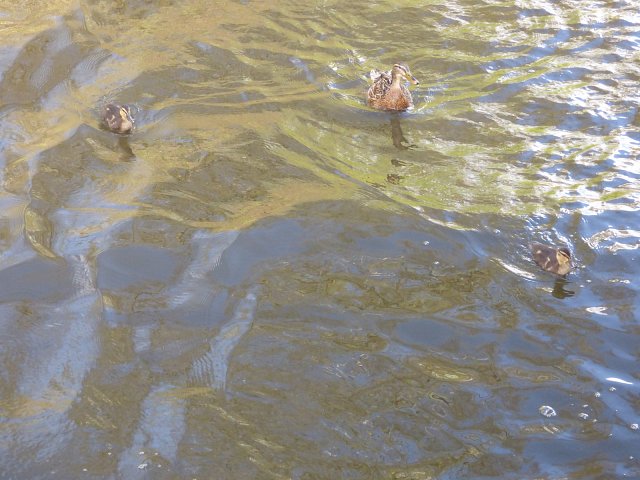

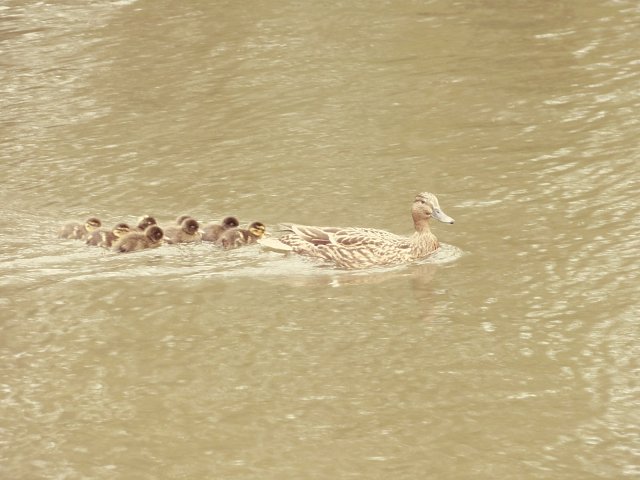 A Great Crested Grebe pair are nesting on the river, near Woodbastwick, and are incubating their eggs as shown below.
A Great Crested Grebe pair are nesting on the river, near Woodbastwick, and are incubating their eggs as shown below.